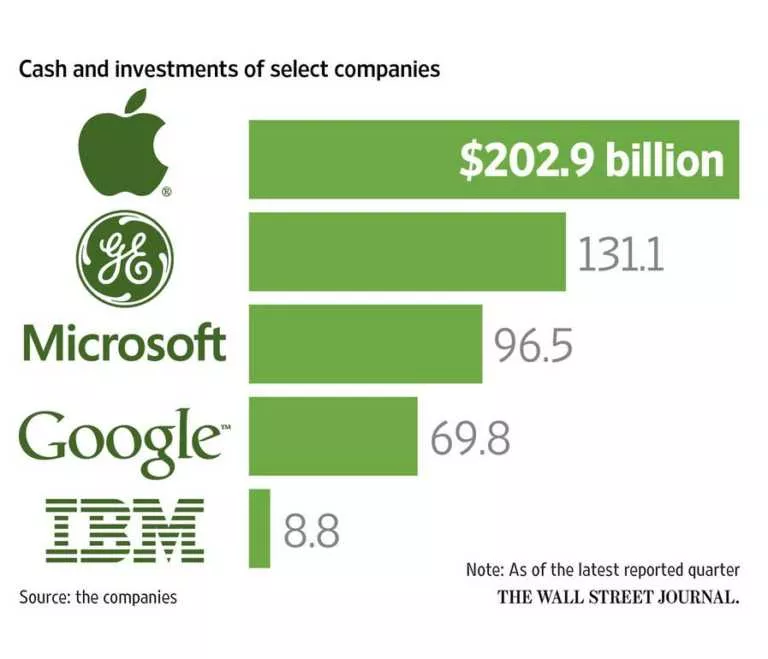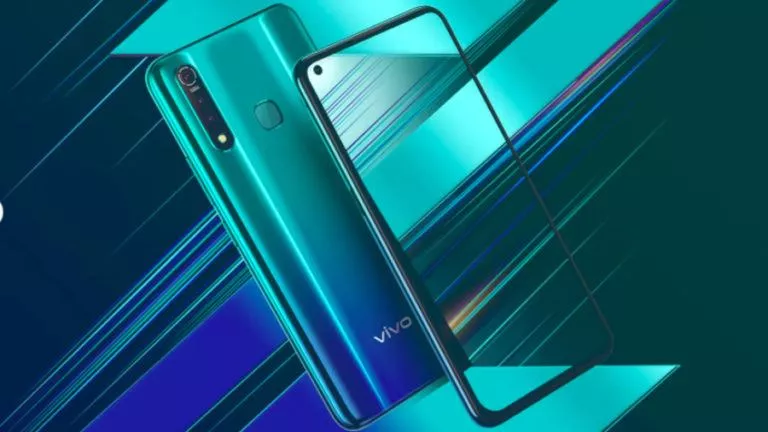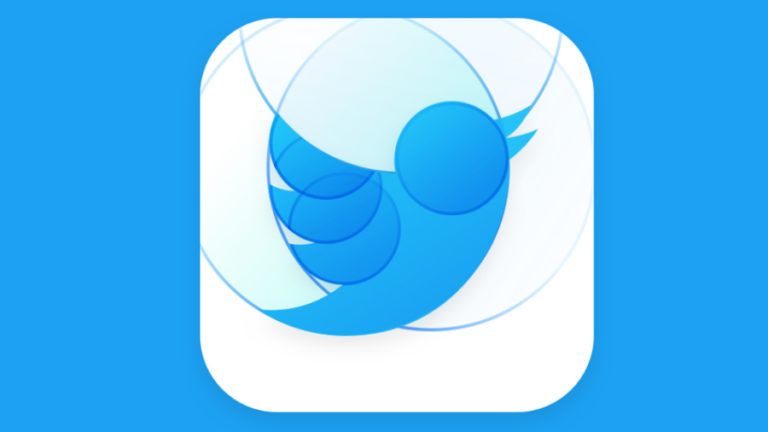Here’s How Google Devices Will Know When You’re Paying Attention
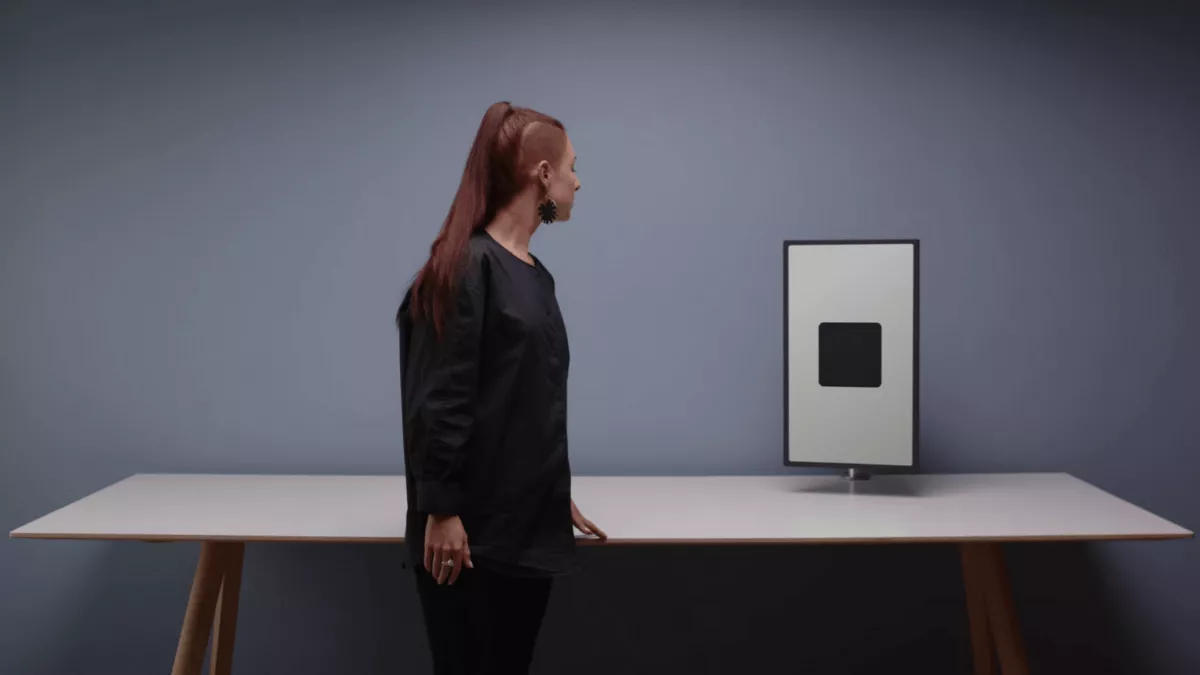
With Google, nothing seems to be far away in terms of new technology. This time, it is catered more towards the interactions between a user and a device. Say your TV paused media playback as you walked away from it to pick up your delivery package. Or, say your computer showed you a notification only after detecting your presence and attention towards the device? How cool would that be?
Well, Google is working on just that, and it has been a while. In a recent episode in the series called “In the Lab with Google ATAP,” the tech giant gave us a look at the working of this tech.
ATAP stands for ‘Advanced Technology and Projects.’ The idea behind the project is to make the machines around more intuitive towards our movements. Today, devices rely more on a user’s vocal commands; the new goal is to be more intuitive towards movements, getting to know better if a person is looking directly at the device or just passing by. Let’s take a closer look at how the tech works.
Google ATAP
As of now, Google ATAP seems to analyze human movements to figure out if a user wants to interact with a device. If it’s any consolation, the company is not using cameras to detect the motion. Instead, Google’s ATAP uses radar. Google used the previously developed “Soli Radar Sensor,” unveiled in 2015. The Soli Radar Sensor uses electromagnetic waves to pick up accurate movements and gestures.
According to Google ATAP, the Soli Radar Sensor collects the information then passes it on to determine if a person is looking at the device or just passing by. Now, the tech works by sampling this information in 4 different ways; these are – Glance, Pass, Approach, or Turn.
Talking about the commands, ‘Approach’ lets the device know when a person is approaching near its sensor. At the same time, ‘Glance’ might seem in line with ‘Approach’; however, they both are different in practice. Glance determines if a user is trying to connect to the device or simply looking at it.
Say you’re on your phone and happen to be looking towards the device, the device will determine and offer a set of information accordingly. As for Turn and Pass, the device will comprehend when a user is turning towards and passing by the device to help it show the appropriate information.
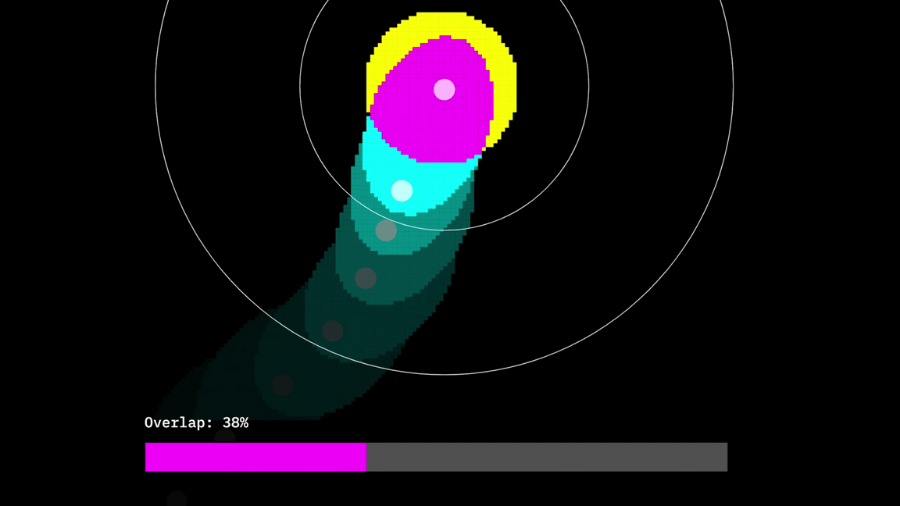
Wait, what about Privacy?
As for the privacy factor, implementing radar rather than a camera seems like a better approach towards better user privacy. Meanwhile, with a camera or no camera, the device enabled with ATAP will be capable of reading user movements a lot better, resulting in a collection of data. At the same time, we all have witnessed that Google is a world-leading data-selling money-making machine.
Ultimately, users concerned about their privacy would either have to choose not to use ATAP enabled devices or between making a trade-off. Lastly, this is not the first time this tech has appeared. In the past, the Google Pixel 4 had used the same tech called ‘Motion Sense,’ which snoozed alarms when users waved at their phones, even while waking up when a user moved their hands toward it. All in all, Google’s ATAP seems to be a culmination of the information collected over the years to help make the tech possible and even better.


